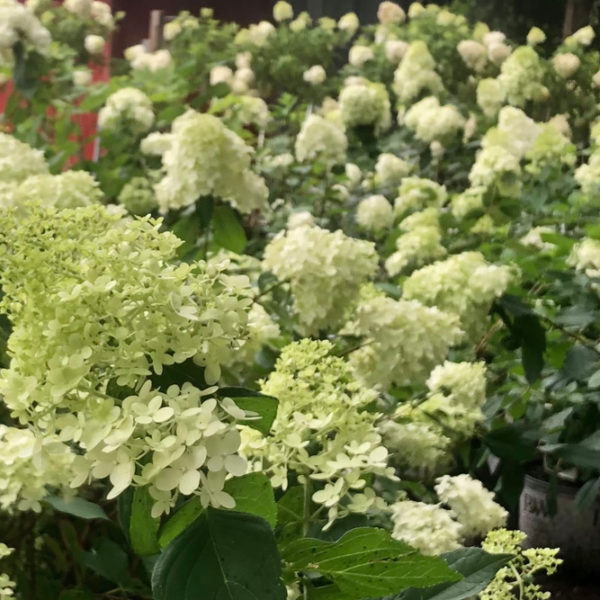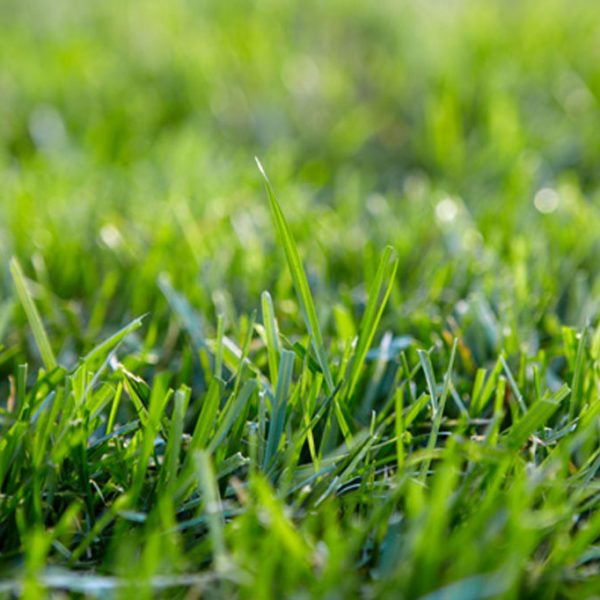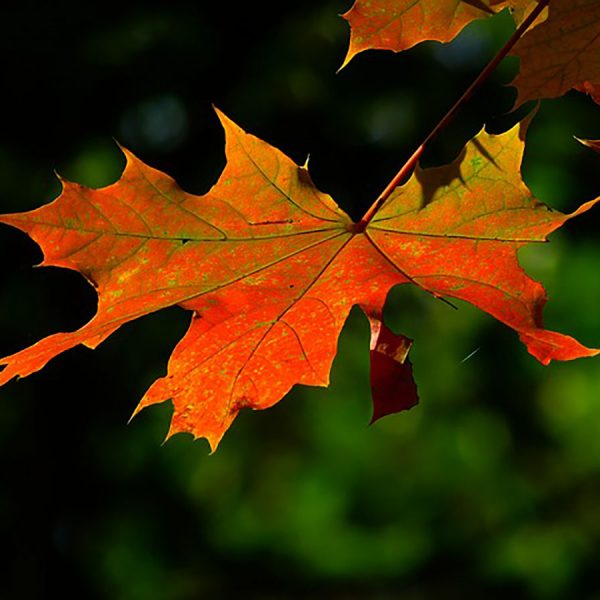Hydrangea
Hydrangeas are favorites in warmer climate gardens and for good reason! They offer huge bouquets of clustered flowers in various arrangements, flower color, and blooming time. Here is a quick breakdown; mopheads are the traditional large spheres of small flowers, lacecaps feature a flat bloom with open flowers surrounding the center of non-flowering bracts, and paniculata and Oakleaf hydrangeas offer long, often very large cone-shaped bracts of flowers. Because species differ and may bloom on new or old wood, which affects pruning, we suggest reading this blog post before pruning your hydrangeas. Hydrangea forms vary greatly too; anywhere from climbing hydrangea, shrubs of various size and even trees. Some hydrangeas may change color depending on soil pH, although not all do so. In general, to turn pink hydrangeas blue, check the soil pH and add aluminum sulfate in the spring to a pH range of 5.2 to 5.5. Oakleaf hydrangeas feature both oak-like leaves that turn red and burgundy in the fall plus they display exfoliating bark in the winter. There are new varieties that offer reblooming, large blooms on small plants and lime green foliage. Smaller varieties work well in containers and small gardens. Hydrangeas make excellent fresh cut flowers and dried flowers.
- Shade to Part Sun
- Plant size, form, bloom color, and bloom style are all variety specific
- Summer blooming (in general)
- Low maintenance
Landscape features include large blooms in a variety of colors and some species offer fall and winter interest.



